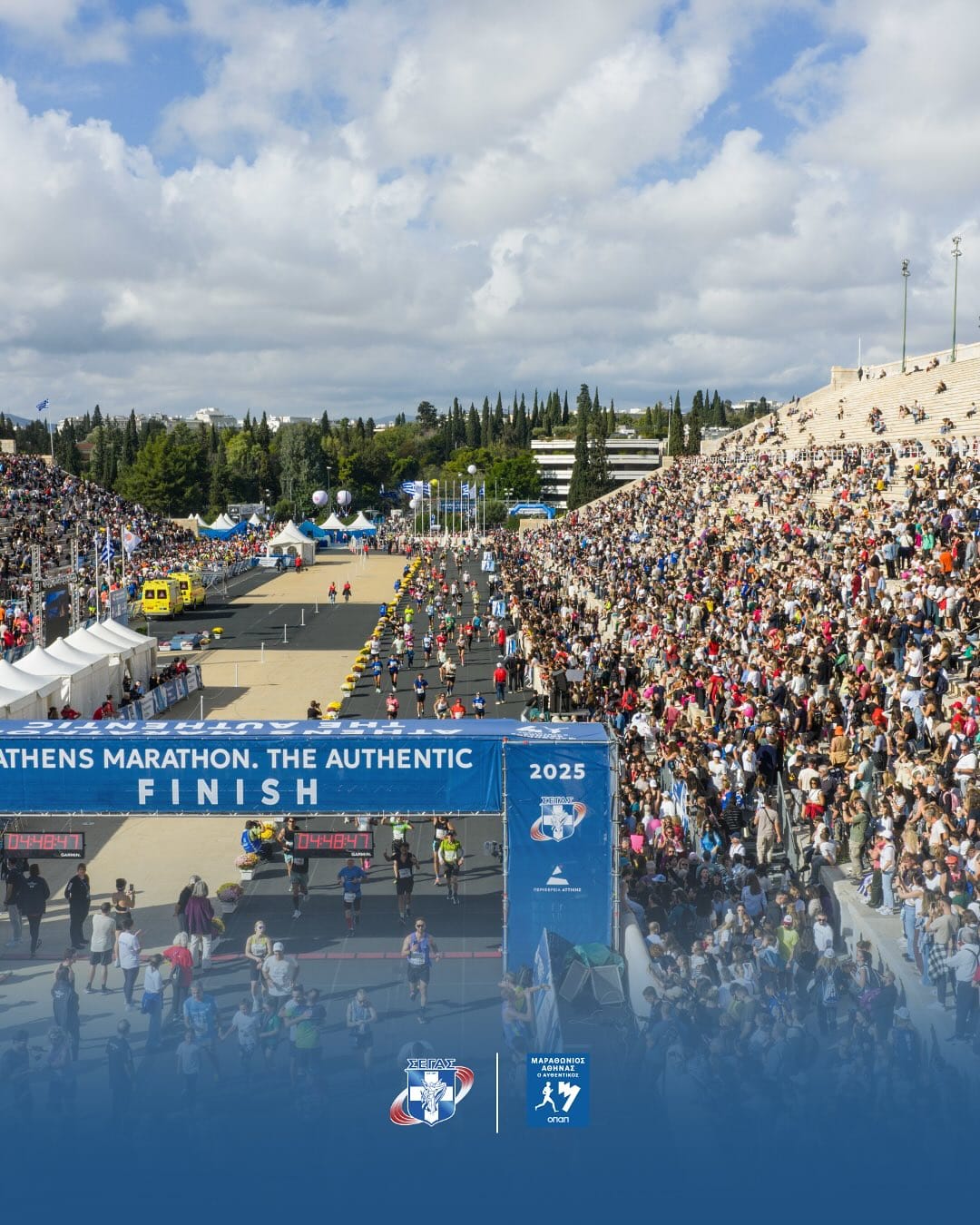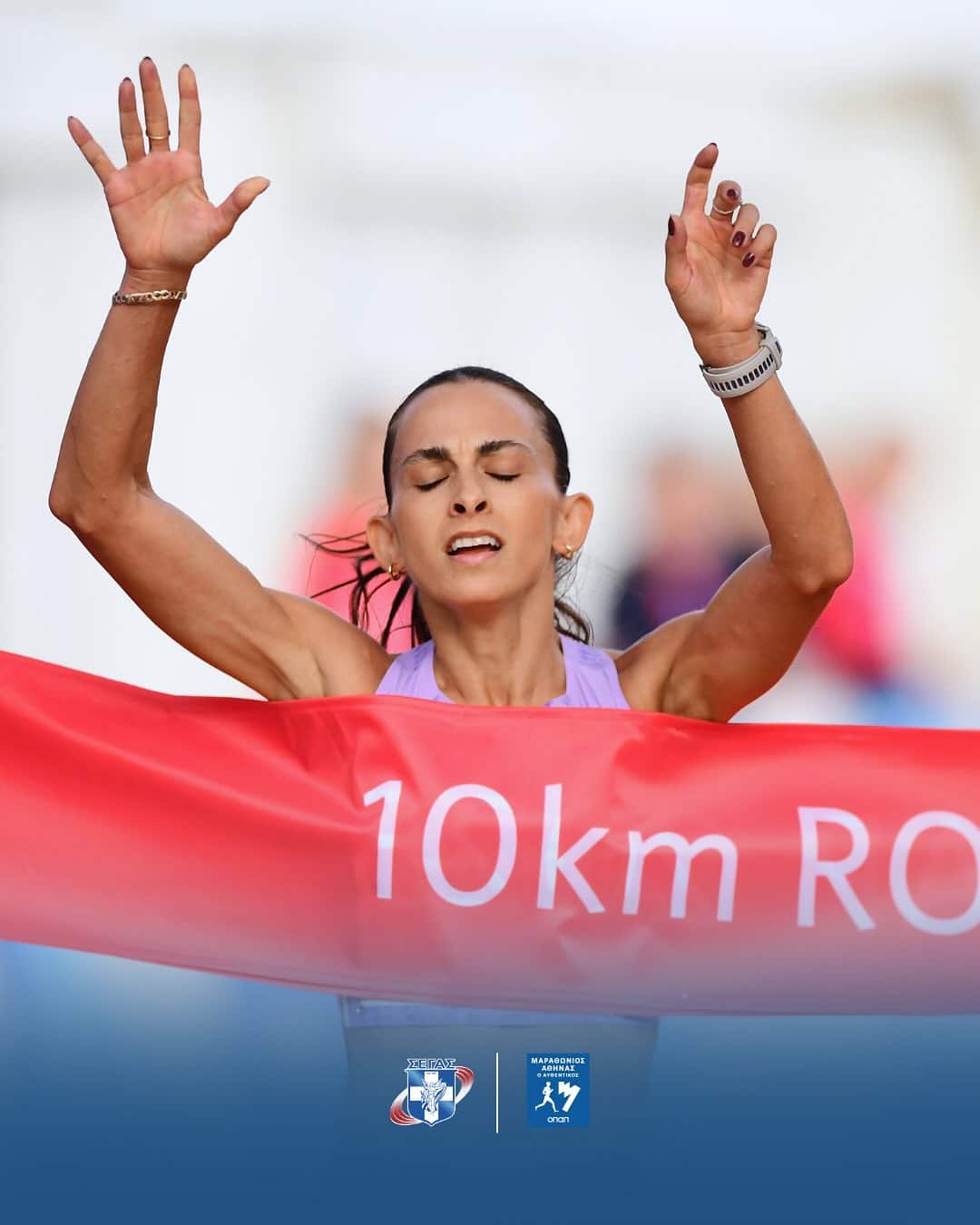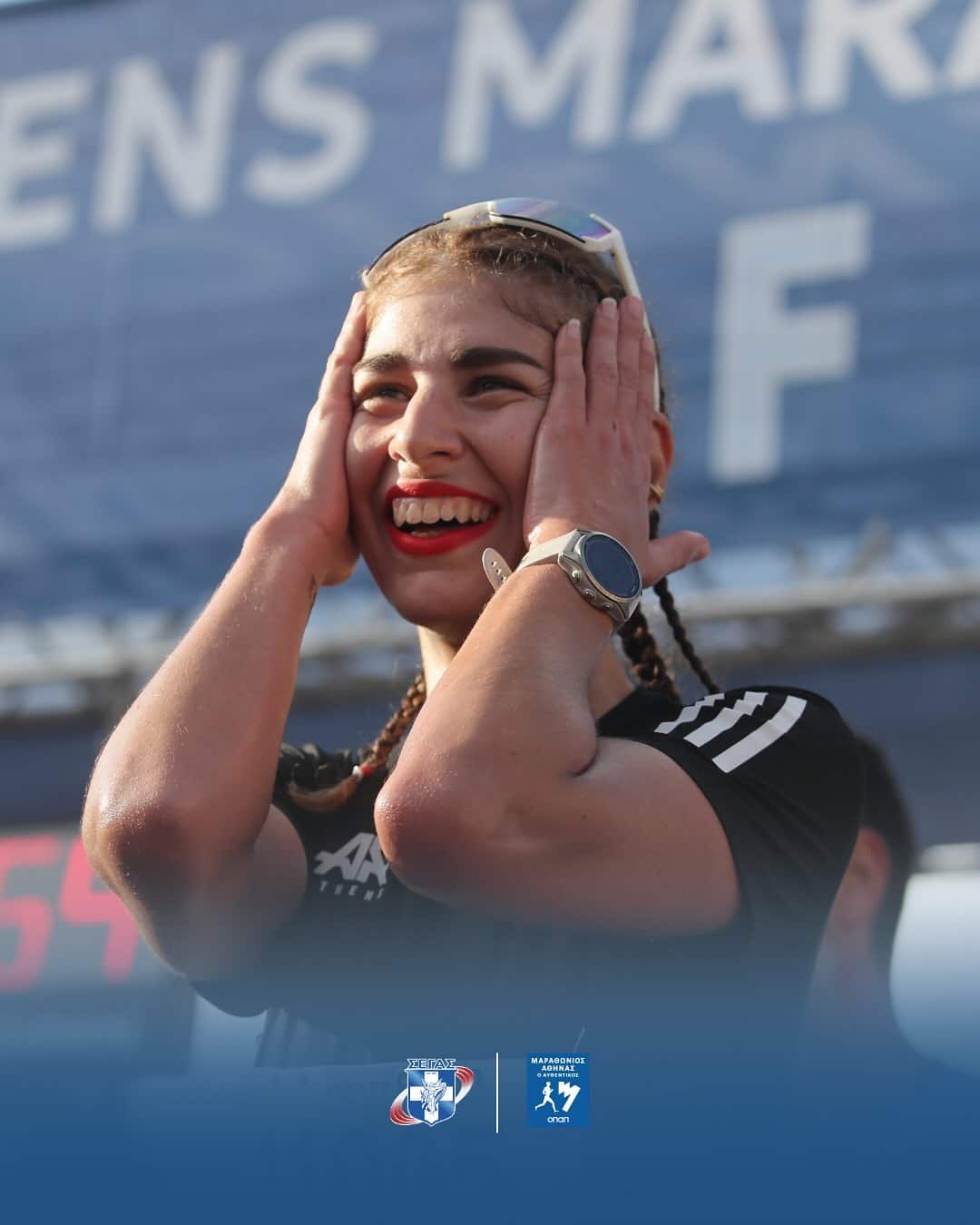Athens Marathon, a race steeped in legend
Nearly every city in the world now hosts its own 42.195-kilometer race, yet only a few have earned truly iconic status.The Athens Marathon is one of them. Each year it draws thousands of runners from around the globe who follow in the footsteps of the Greek messenger Pheidippides. This is a look back at the forty second edition of this historic event, held on Sunday, November 9.
All forty thousand participants set off on a course that is almost identical to the original route. It offered them the chance to step into the shoes of the soldier Pheidippides, who ran roughly forty kilometers from Marathon to Athens to announce the Greek victory over the Persians. That was 2,500 years ago, during the first Greco-Persian War. The feat is said to have cost him his life, so great was the physical effort. The messenger left his mark on history despite himself, without ever knowing it.
| 1896, the first modern Olympic Games in Athens
The first marathon took place in 1896 during the inaugural modern Olympic Games in Athens. The aim was to pay tribute to the ancient legend. The event was welcomed as a revival of Greece’s glorious Antiquity, which had hosted the Olympic Games for more than a thousand years, from 776 BCE to 393 CE. The Games came to an end at the dawn of the fifth century when Emperor Theodosius banned them. His reasoning was that this pagan celebration conflicted with the newly dominant Christian religion.
The distance of 42.195 kilometers, rather than the original forty, was introduced in 1908 for the London Olympics. The race was lengthened by two kilometers so that the start line could be positioned directly beneath the windows of Windsor Castle, at the request of the wife of King Edward the Seventh of the United Kingdom, son of Queen Victoria. That was not the only royal indulgence, since the monarch also decided that the finish should take place in front of his royal box at White City Stadium. The distance of 42.195 kilometers has remained unchanged ever since.
| A demanding course and an iconic finish
The course is renowned not only for its history and beauty but also for its difficulty. With 550 meters of elevation gain, the route alternates between climbs and descents. The race becomes significantly tougher after the twentieth kilometer. While the early sections are relatively smooth, later segments are steep, particularly the ascent to the Pallini Pass between kilometers twenty seven and twenty eight, and again around kilometers thirty to thirty one, before the course drops back down toward the capital. Along the way, runners could admire emblematic statues, traditional landscapes of olive groves and vineyards, all with views over the Aegean Sea.
The Athens Marathon, known as The Authentic, follows the same route used for the 2004 Olympic Games and remains nearly identical to the path run in 1896. Participants set off from the town of Marathon, near the battlefield where Athenian forces defeated the Persians, who outnumbered them three to one.
The finish line is located at the heart of the Panathenaic Stadium after the runners pass through various villages and neighborhoods. This ancient stadium in Athens was renovated for the first modern Olympic Games. During those 1896 celebrations, Greek runner Spiridon Louis became the Olympic champion. Even today, runners can feel a surge of emotion as they enter this stadium, which can accommodate eighty thousand spectators.
| National athletes lead the way
This year, Greek athletes honored their heritage in the best possible way. Panagiotis Karaiskos claimed victory in 2:20:10, finishing ahead of his compatriot Konstantinos Stamoulis, who crossed the line in 2:23:24. The bronze medal went to Hungary’s Laszlo Tarnai in 2:23:53.
In the women’s race, the locals delivered an impressive one two finish. Stamatia Noula won in 2:39:28, followed by Panagotia Vlachaki in 2:49:31 and Ourania Rempouli in 2:52:07. Other races were also held as part of the event, including a 10K, a 5K, and children’s races.
The Athens Marathon is one of those truly legendary races. This event, as beautiful as it is demanding, offers runners the chance to follow in the footsteps of the heroic messenger Pheidippides. Lined with olive groves, vineyards, statues and views of the Aegean Sea, the Mediterranean course is both challenging and unforgettable. Covering the 42.195 kilometers between Marathon and Athens is anything but easy, yet every participant crossed the finish line inside the Panathenaic Stadium with memories they will carry for a lifetime.
✔ All the results of the Athens Marathon

Emma BERT
Journaliste




















